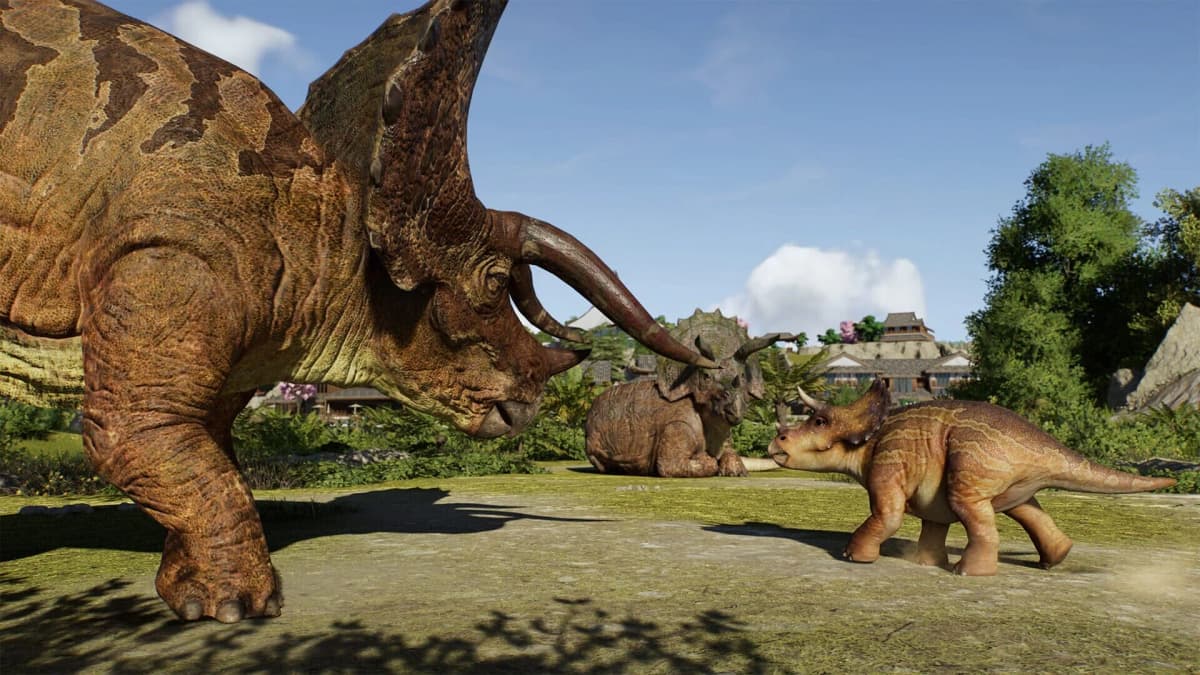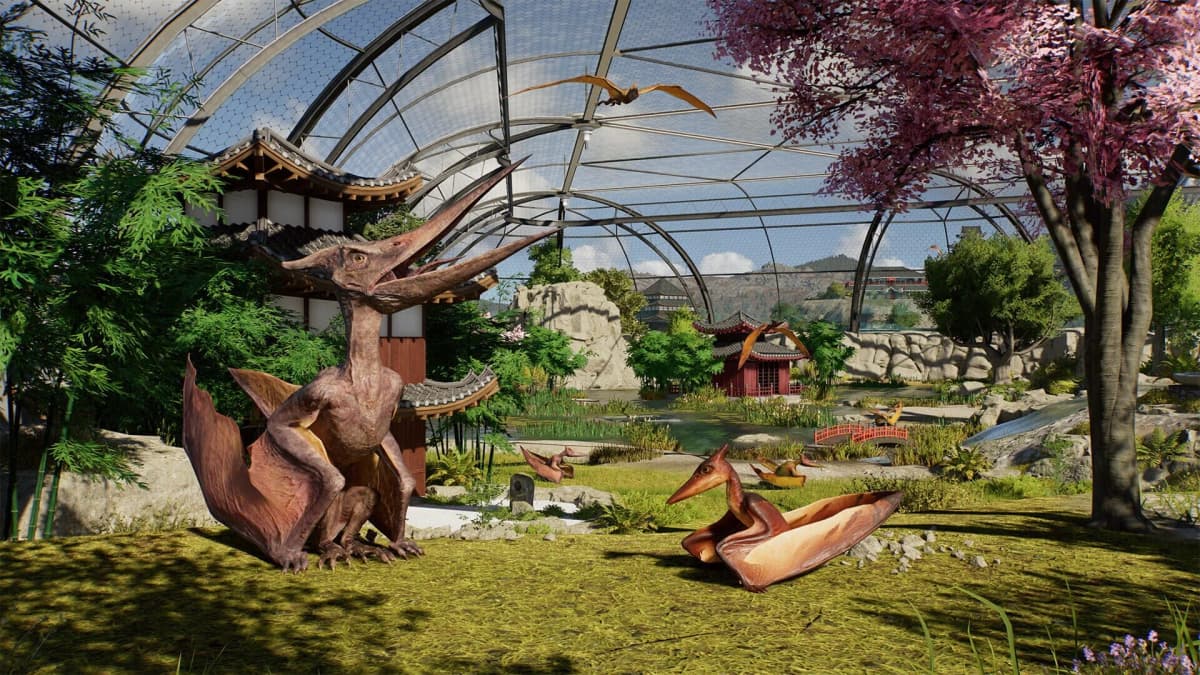
Game intel
Jurassic World Evolution 3
Pre-Purchase now to unlock the Badlands Set at launch. Build your own Jurassic World. Nurture generations of dinosaurs with the series debut of juveniles, crea…
I admit it: I’ve always been drawn to park management sims that blend careful planning with the occasional catastrophic mishap. Rollercoaster tycoons are fun, but nothing quite matches the thrill of a dinosaur park where one fence failure can turn your meticulously crafted exhibit into chaos. After two strong entries, Jurassic World Evolution 3’s reveal at Summer Game Fest had me primed for another round of high-stakes, high-reward gameplay. Yet even before the first raptor escaped, the spotlight shifted to a controversy over Frontier Developments’ use of generative AI for NPC scientist portraits.
Frontier Developments entered the dino-park simulation arena in 2018 with Jurassic World Evolution, combining resource management, genetic experimentation, and emergent disasters. While the original title laid a solid foundation, community feedback highlighted repetitive missions and occasional AI pathfinding issues. Jurassic World Evolution 2 addressed these critiques by enriching contracts, expanding research trees, and improving dinosaur behaviors, earning goodwill and raising expectations for a third installment.
Building on that momentum, JWE 3 promises several substantial additions:
These mechanics aim to deepen sandbox play and strategic challenges, reflecting Frontier’s commitment to meaningful innovation rather than mere visual upgrades.
Shortly after the reveal, eagle-eyed fans noticed a Steam announcement mentioning “AI-generated scientist portraits.” This decision sparked swift criticism, with community members voicing concerns over aesthetic inconsistency, potential copyright issues, and the perceived devaluation of human artistry. In a genre celebrated for immersive atmospheres, generic or pixel-imperfect faces risk undermining narrative cohesion.

Moreover, the debate touches broader questions about creative ownership and labor: when does an efficiency-driven workflow become a creative shortcut? And how will players perceive assets that may lack the subtle quirks and stylistic cohesion of hand-crafted art?
Within the wider games industry, opinions on generative AI remain divided. Proponents highlight cost savings, faster iteration, and the ability to fill content pipelines with minimal overhead—benefits especially appealing to smaller studios. Critics, including some senior art directors, warn that overreliance on AI tools can erode artistic identity, complicate asset management, and introduce legal uncertainty if training data origins are unclear.

While publishers grapple with tight budgets and looming deadlines, many studios still strive for a balance: integrating AI as an assistant rather than a replacement, and safeguarding the human touch that players recognize.
Faced with vocal fan pushback across forums and social media, Frontier chose transparency over deflection. In a public statement, the studio confirmed it would remove AI-generated portraits and revisit the assets with its in-house art team. This decision drew praise for responsiveness, signaling that community standards can influence even large-scale productions.

Yet the episode also underscores a systemic tension: as development costs rise, how long can studios resist AI efficiencies before community sentiment—and creative integrity—collide with fiscal realities?
Jurassic World Evolution 3 arrives this October bearing substantial gameplay upgrades and a real-world debate on AI’s role in game development. For fans of high-stakes simulation, the new tools and social dinosaur mechanics offer genuine reasons to be excited. Meanwhile, the portrait incident serves as a case study in community influence and the ethics of emerging technology. Ultimately, the game’s success will hinge on its ability to deliver polished, immersive parks—and on Frontier’s readiness to navigate future crossroads between innovation and authenticity.
Get access to exclusive strategies, hidden tips, and pro-level insights that we don't share publicly.
Ultimate Gaming Strategy Guide + Weekly Pro Tips